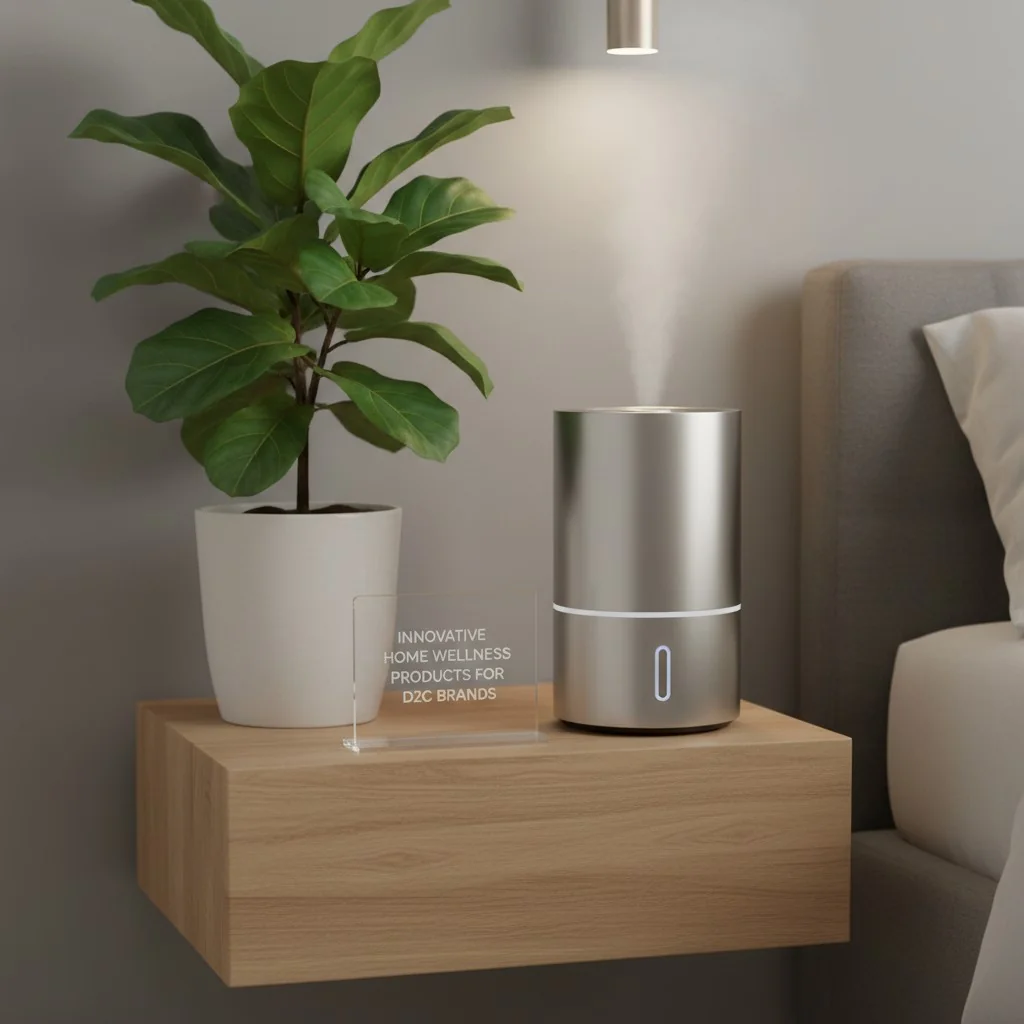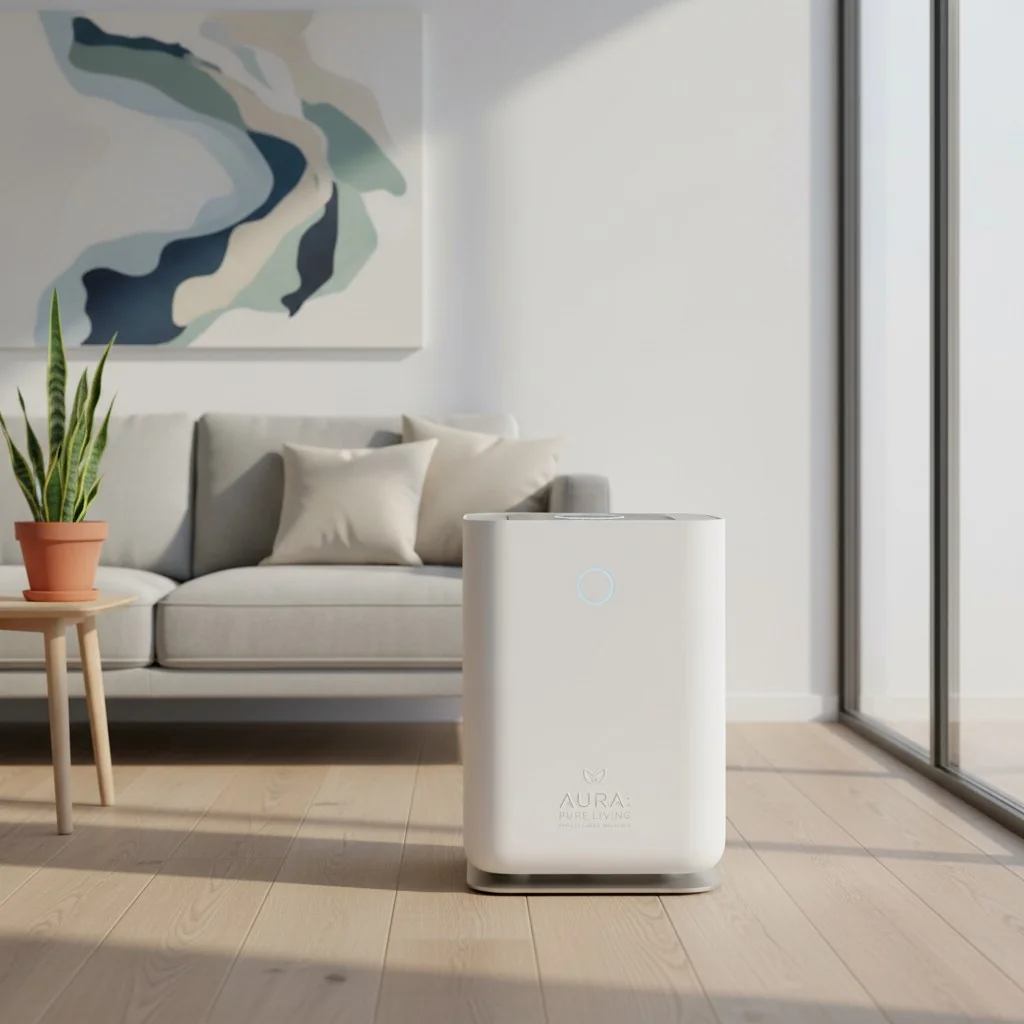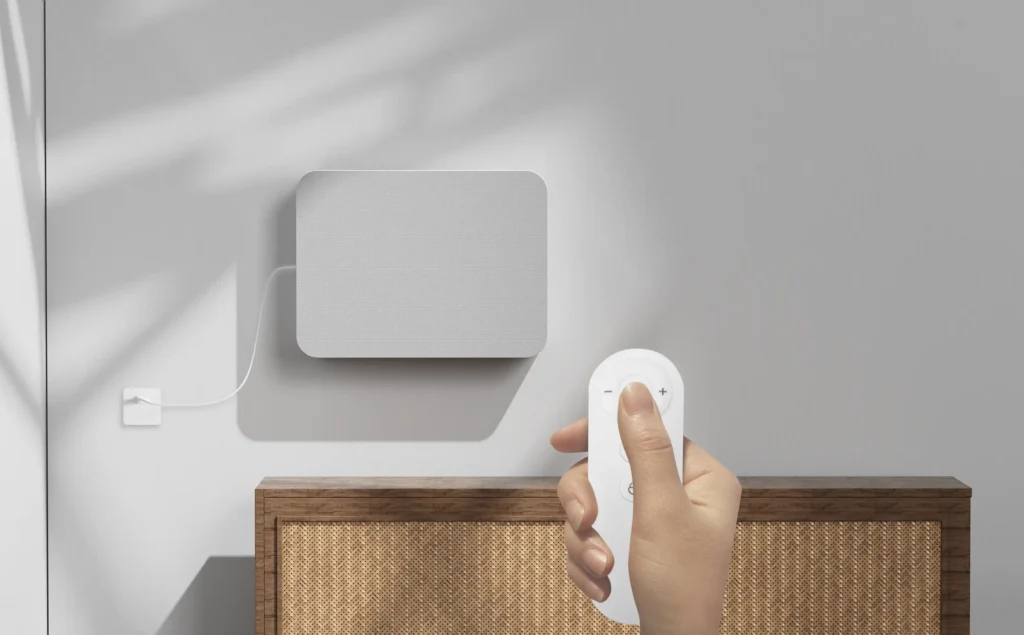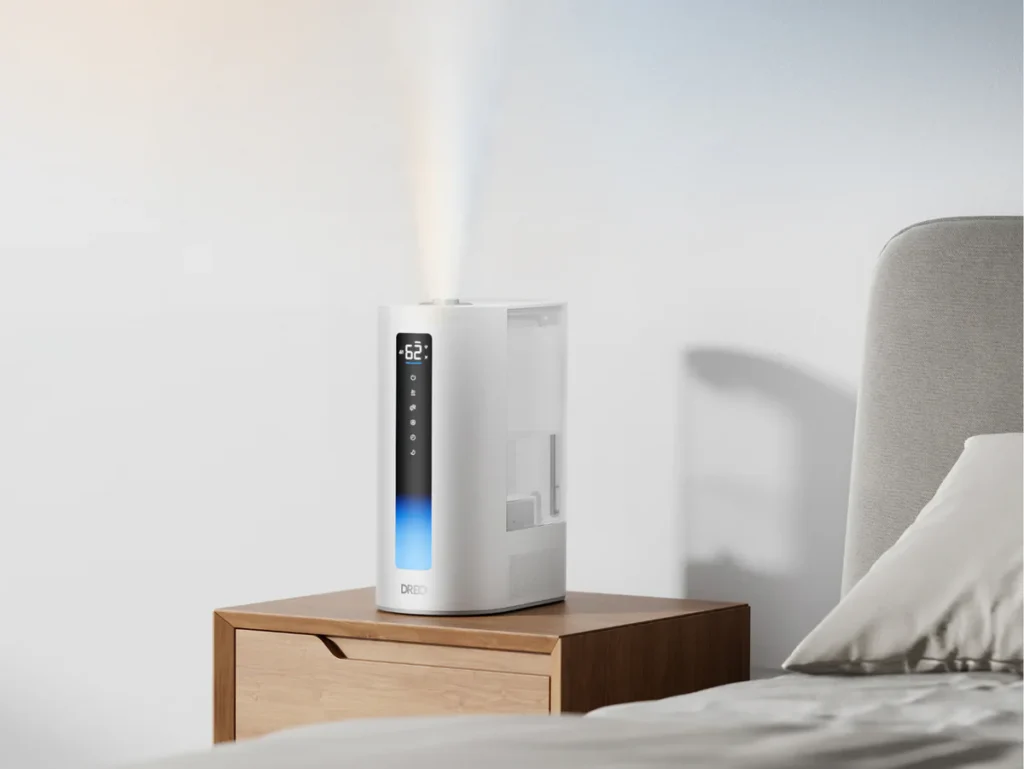In our modern lives, we spend a significant amount of time indoors, often unaware of the invisible elements we breathe. From dust and pet dander to volatile organic compounds (VOCs) and mold spores, indoor air can be surprisingly polluted, sometimes even more so than outdoor air. This can have a profound impact on our health and well-being, leading to allergies, respiratory issues, and other chronic conditions. This blog post aims to demystify indoor air quality, addressing common misconceptions and providing practical, actionable advice to help you create a healthier living environment. We'll explore the role of air purifiers, simple lifestyle changes, and effective strategies to combat common indoor pollutants.
How to Test the Air Quality in Your Home?
Understanding the quality of the air you breathe indoors is the first step towards improving it. While you might not always be able to see or smell pollutants, they can still be present and impact your health. Fortunately, there are several ways to test the air quality in your home, ranging from simple DIY methods to professional assessments.
Indoor Air Quality (IAQ) Monitors: The most accessible and increasingly popular method for testing indoor air quality is using a consumer-grade IAQ monitor. These devices, often compact and easy to use, can measure various pollutants and parameters, including:
- Particulate Matter (PM2.5 and PM10): Tiny airborne particles that can penetrate deep into the lungs and cause respiratory and cardiovascular problems.
- Volatile Organic Compounds (VOCs): Gases emitted from certain solids or liquids, such as paints, cleaning supplies, and furnishings, which can cause short- and long-term health effects.
- Carbon Dioxide (CO2): An indicator of ventilation effectiveness. High CO2 levels can lead to drowsiness and poor concentration.
- Temperature and Humidity: While not pollutants themselves, these factors influence the growth of mold and dust mites.
Many IAQ monitors provide real-time readings and historical data, allowing you to identify patterns and potential sources of pollution. Some even connect to smartphone apps, offering alerts and insights into your home's air quality. When choosing an IAQ monitor, consider which pollutants you are most concerned about and read reviews to ensure accuracy and reliability.
Specialized Test Kits: For specific concerns, specialized test kits are available:
- Mold Test Kits: These kits typically involve taking a swab or air sample and sending it to a lab for analysis. While they can confirm the presence of mold, they don't always indicate the extent of the problem or the specific type of mold.
- Radon Test Kits: Radon is a naturally occurring radioactive gas that can seep into homes from the ground. It's odorless and colorless, making testing the only way to detect it. Short-term and long-term radon test kits are widely available and recommended, especially if you live in an area with high radon levels.
- Formaldehyde Test Kits: If you suspect formaldehyde off-gassing from new furniture, flooring, or building materials, specific test kits can measure its concentration.
Professional Air Quality Testing: For a comprehensive assessment or if you suspect a serious air quality issue, consider hiring a professional indoor air quality specialist. They use specialized equipment to conduct thorough investigations, identify hidden sources of pollution, and provide detailed reports and recommendations. This option is particularly useful for persistent symptoms, after water damage, or before purchasing a new home.
Regularly monitoring your home's air quality empowers you to take informed actions, whether it's improving ventilation, addressing moisture issues, or utilizing air purification solutions, ultimately leading to a healthier living environment.
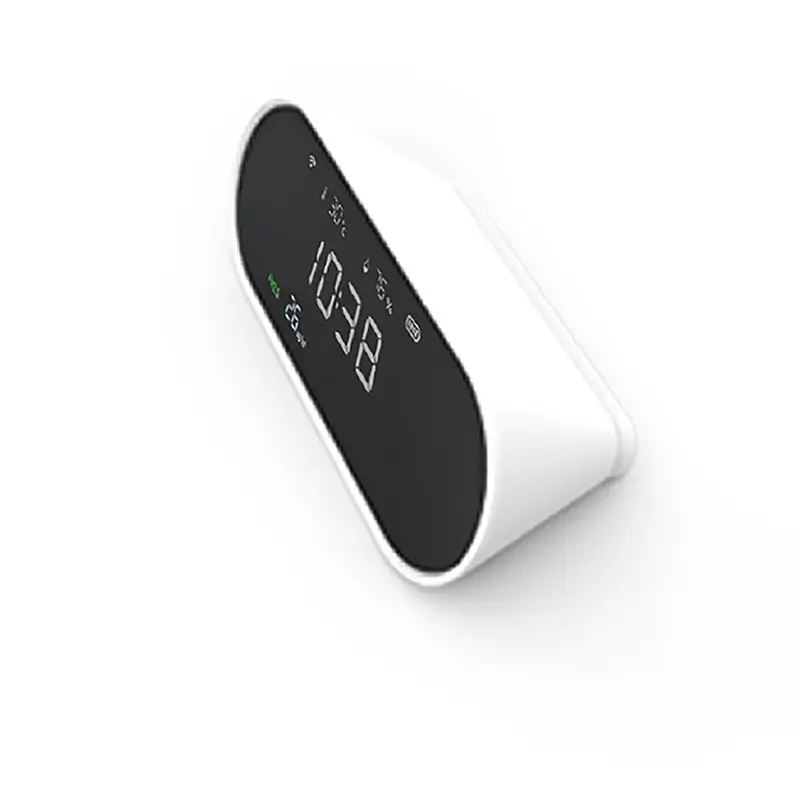
Simple Lifestyle Changes That Can Improve Air Quality
While air purifiers are effective, they are just one piece of the puzzle when it comes to maintaining optimal indoor air quality. Many simple, everyday lifestyle changes can significantly contribute to a healthier indoor environment, often at little to no cost. These practices focus on reducing the introduction of pollutants, improving ventilation, and maintaining cleanliness.
One of the most impactful changes is to improve ventilation. Regularly opening windows and doors, even for a few minutes a day, can help dilute indoor pollutants and bring in fresh air. If outdoor air quality is poor, consider opening windows during off-peak hours or using exhaust fans in bathrooms and kitchens to vent out moisture and cooking fumes. Proper ventilation is crucial for preventing the buildup of humidity, which can lead to mold growth, and for expelling airborne contaminants.
Another key area is reducing sources of indoor pollution. This includes avoiding indoor smoking entirely, as tobacco smoke is a major source of harmful particles and gases. If you use scented candles or air fresheners, opt for natural alternatives or reduce their use, as many contain VOCs. When cleaning, choose eco-friendly and low-VOC cleaning products. Even simple acts like leaving shoes at the door can prevent outdoor pollutants, pesticides, and allergens from being tracked into your home.
Regular cleaning and maintenance also play a vital role. Dusting with a damp cloth instead of a dry one can effectively capture dust rather than just redistributing it. Vacuuming regularly, especially carpets and rugs, helps remove trapped dust, pet dander, and allergens. Don't forget to clean or replace air filters in your HVAC system regularly, as dirty filters can impede airflow and become a breeding ground for contaminants. For those with pets, frequent grooming can reduce the amount of pet dander in the air.
Finally, controlling humidity levels is essential. High humidity creates an ideal environment for mold and dust mites. Using a dehumidifier in damp areas like basements or bathrooms can help keep humidity levels below 60%. Fixing leaky pipes and ensuring proper drainage around your home also prevent moisture intrusion. By incorporating these simple lifestyle changes, you can create a more breathable and healthier living space for yourself and your family.
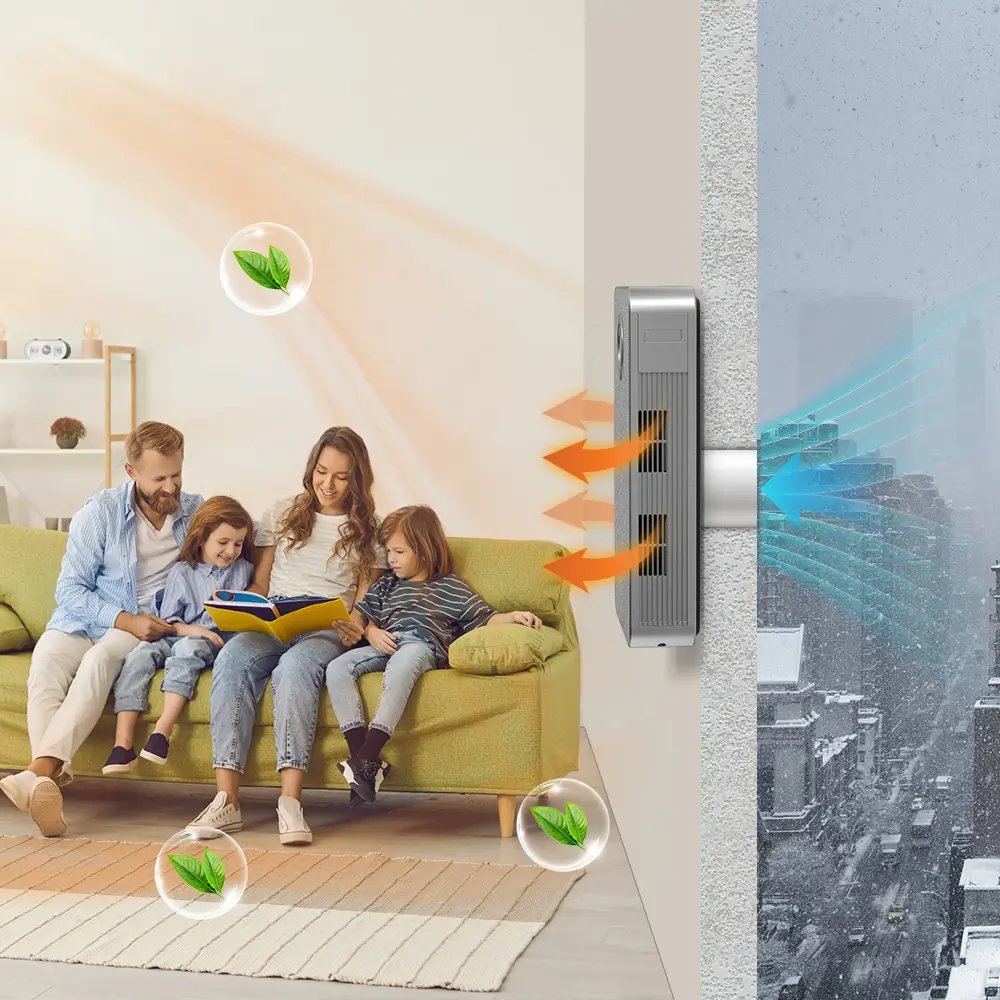
Are Air Purifiers an IQ Tax?
The term "IQ tax" often surfaces in discussions about products perceived as unnecessary or overpriced, preying on consumer ignorance. When it comes to air purifiers, some might wonder if they fall into this category. The answer, unequivocally, is no. Air purifiers, when chosen and used correctly, are far from an "IQ tax"; they are a valuable tool for improving indoor air quality and safeguarding health.
The misconception often arises from a lack of understanding about what air purifiers do and how they work. A high-quality air purifier, particularly one equipped with a True HEPA filter, is designed to capture microscopic particles that are invisible to the naked eye. These include common allergens like pollen, pet dander, and dust mites, as well as mold spores, bacteria, viruses, and even fine particulate matter (PM2.5) from outdoor pollution or indoor activities like cooking and burning candles. Some advanced models also incorporate activated carbon filters to remove odors and volatile organic compounds (VOCs) emitted from paints, cleaning products, and furniture.
The effectiveness of an air purifier is often measured by its Clean Air Delivery Rate (CADR), which indicates how quickly the purifier can remove pollutants from a room. A higher CADR value signifies greater efficiency. However, simply owning an air purifier isn't enough; proper placement, regular filter replacement, and selecting a unit appropriate for the room size are crucial for optimal performance. Choosing the wrong air purifier, or neglecting its maintenance, can indeed lead to a perception of it being ineffective, thus fueling the "IQ tax" narrative. Therefore, the key lies in informed decision-making and consistent usage, transforming an air purifier from a perceived luxury to a genuine necessity for many households, especially those with allergy sufferers, asthmatics, or residents in areas with high air pollution.
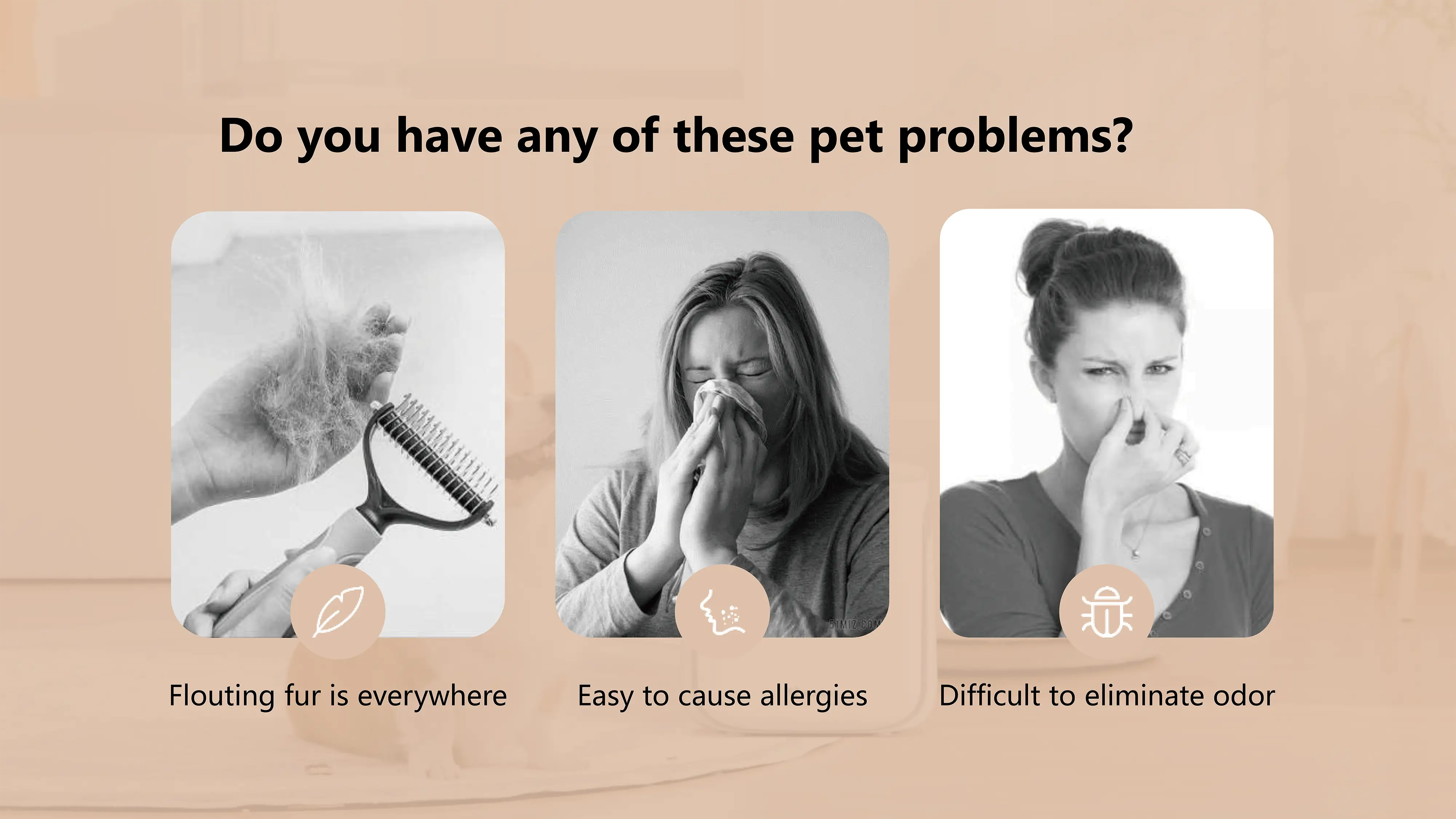
Why You Should Choose an Air Purifier with Wheels?
When selecting an air purifier, features like CADR, filter type, and coverage area often take center stage. However, a seemingly minor detail—the presence of wheels—can significantly enhance the practicality and versatility of your device. While not a performance-enhancing feature in terms of air purification itself, wheels offer considerable convenience, making your air purifier a more effective tool for maintaining indoor air quality throughout your home.
Air purifiers, especially those designed for larger rooms or whole-house coverage, can be surprisingly heavy. Many models weigh between 10 and 20 pounds, and some larger units can be even heavier. Constantly lifting and moving such a device from one room to another can be cumbersome, if not impossible, for some individuals. This is where wheels become invaluable. They transform a stationary appliance into a portable solution, allowing you to effortlessly glide the unit across different rooms as needed. For instance, you might want to purify the air in your living room during the day and then move the unit to your bedroom at night for a cleaner sleeping environment. Wheels make this transition seamless, encouraging more consistent and widespread use of the air purifier.
Beyond ease of movement, wheels also contribute to better overall air quality management. Instead of needing multiple air purifiers for different areas, a wheeled unit allows you to target specific zones where air quality is a concern at different times. This can be particularly beneficial in homes with open-plan layouts or in situations where certain areas experience temporary spikes in pollutants, such as during cooking, cleaning, or when allergens are high. The ability to easily reposition the purifier means you can optimize its performance by placing it precisely where it's needed most, maximizing its impact on your indoor air. In essence, wheels turn your air purifier into a dynamic tool, adapting to your lifestyle and the ever-changing air quality needs of your home.
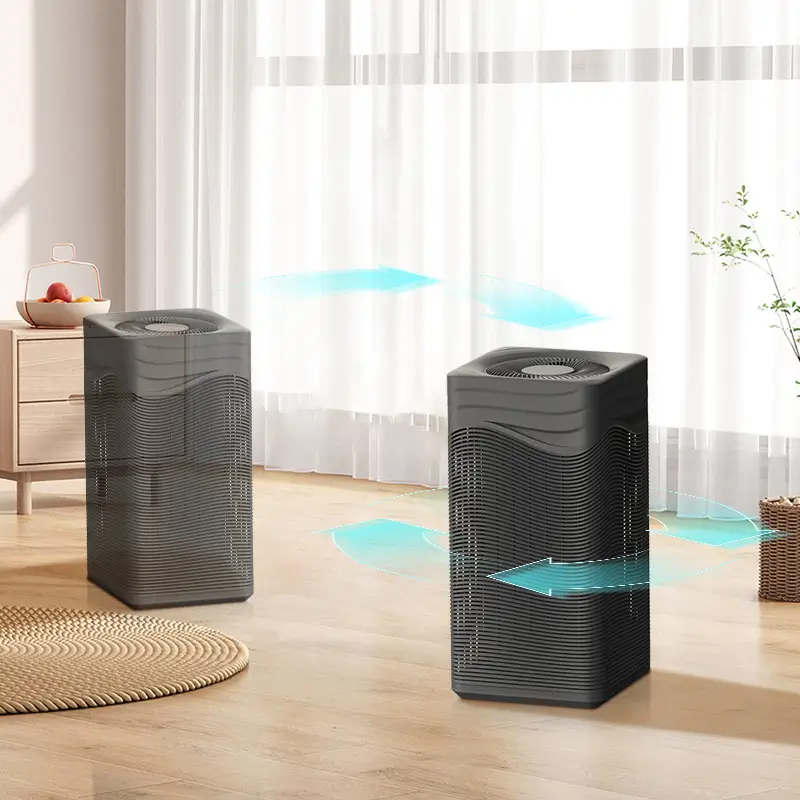
How to Reduce Dust in Your Home?
Dust is an inevitable part of every home, but excessive dust can contribute to poor indoor air quality, trigger allergies, and create a perpetually unclean feeling. Reducing dust effectively requires a combination of regular cleaning, strategic habits, and proper air filtration. By implementing a few key strategies, you can significantly minimize dust accumulation and enjoy a cleaner, healthier living environment.
Regular and effective cleaning is paramount. Instead of just dry dusting, which often redistributes dust into the air, use a damp cloth or a microfiber cloth that traps dust particles. Work from top to bottom, allowing any disturbed dust to settle before vacuuming. Vacuum regularly, especially carpets and rugs, which are notorious dust traps. Invest in a vacuum cleaner with a HEPA filter to ensure that fine dust particles are captured and not released back into the air. For hard floors, regular mopping can effectively remove dust and dirt that vacuuming might miss.
Control dust at its source. A significant amount of dust enters your home from the outside. Place doormats at all entrances and encourage family members and guests to remove their shoes before entering. This simple habit can prevent a large amount of outdoor dirt, pollen, and other particulate matter from being tracked inside. Regularly clean or replace the filters in your HVAC system. These filters are designed to trap airborne particles, and a dirty filter can become a source of dust itself, as well as reduce the efficiency of your heating and cooling system.
Minimize dust-collecting items. While cozy, excessive textiles like heavy curtains, decorative pillows, and throws can be magnets for dust. Opt for blinds or washable curtains that can be easily cleaned. Decluttering your home, especially surfaces, reduces the number of items that can collect dust. Store items in enclosed cabinets or containers rather than on open shelves. For items that cannot be easily cleaned, such as books or delicate decorations, consider placing them in display cases or regularly wiping them down.
Address humidity and air circulation. Dust mites thrive in humid environments. Maintaining indoor humidity levels between 30% and 50% can help deter dust mites and reduce their populations. Ensure good air circulation in your home through proper ventilation. An air purifier, particularly one with a HEPA filter, can also play a crucial role by continuously filtering airborne dust particles, preventing them from settling on surfaces. By combining these methods, you can create a home environment where dust is significantly reduced, leading to cleaner surfaces and improved air quality.
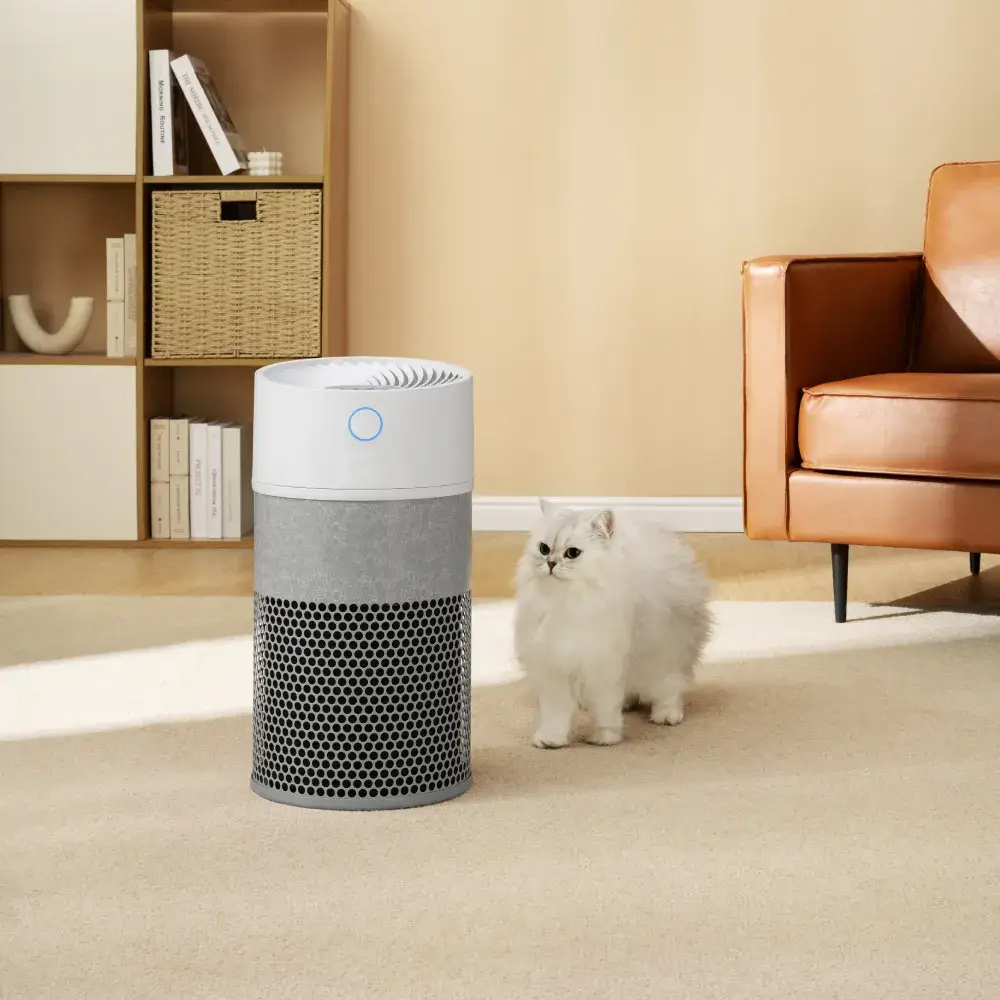
How to Create an Allergen-Free Bedroom?
For many, the bedroom is a sanctuary, a place of rest and rejuvenation. However, for allergy sufferers, it can often be a source of discomfort due to the concentration of allergens. Creating an allergen-free bedroom is crucial for a good night's sleep and overall well-being. This involves a multi-pronged approach focusing on bedding, cleaning, and air quality.
Start with your bedding. Dust mites are a primary culprit in bedrooms, thriving in mattresses, pillows, and bedding. To combat them, encase your mattress, box spring, and pillows in allergen-proof or dust-mite-proof covers. These covers create a barrier that dust mites cannot penetrate. Wash all bedding, including sheets, pillowcases, and blankets, at least once a week in hot water (at least 130°F or 54°C) to kill dust mites and remove allergens. Consider using hypoallergenic pillows and comforters, which are often made from synthetic materials that are less hospitable to dust mites.
Maintain rigorous cleaning practices. Vacuum carpets and rugs regularly, preferably with a vacuum cleaner equipped with a HEPA filter to trap allergens rather than recirculating them. If possible, opt for hard flooring like wood, tile, or linoleum, which are easier to keep clean and don't trap allergens as readily as carpets. Dust all surfaces with a damp cloth to pick up dust and allergens effectively. Minimize clutter in the bedroom, as piles of clothes, books, and decorative items can collect dust and provide hiding places for allergens.
Address air quality and humidity. An air purifier with a HEPA filter can be highly effective in removing airborne allergens like pollen, pet dander, and dust. Place it strategically in your bedroom and run it consistently, especially during allergy season. Control humidity levels in your bedroom, aiming for between 30% and 50% relative humidity, to inhibit dust mite and mold growth. A dehumidifier can be helpful in humid climates or damp rooms. Keep windows closed during high pollen counts and use air conditioning with a clean filter to cool and filter the air. Finally, if you have pets, consider keeping them out of the bedroom to reduce pet dander and allergens.
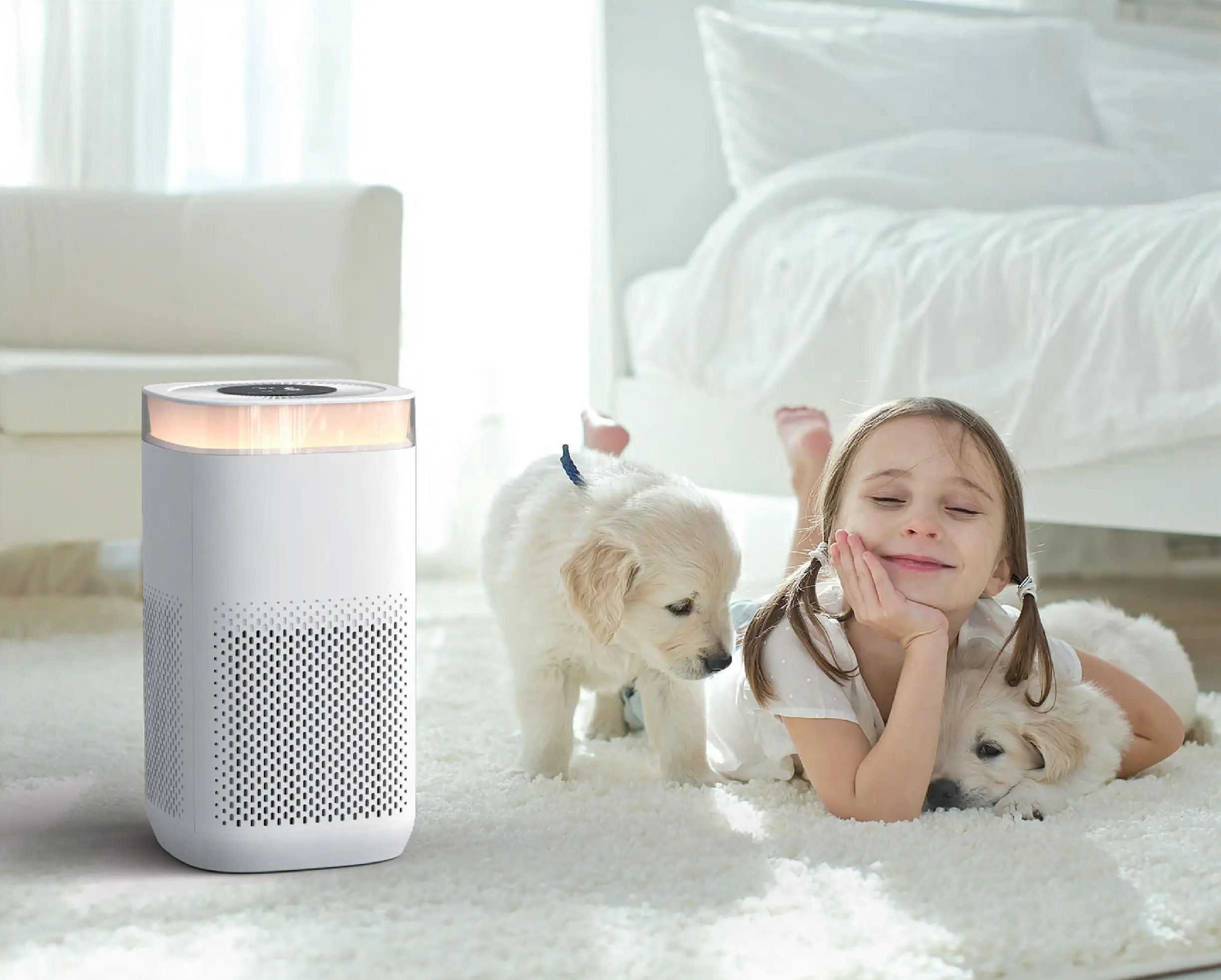
Conclusion
Maintaining optimal indoor air quality is an ongoing endeavor that significantly impacts our health and well-being. As we've explored, it's a multifaceted challenge that requires a combination of smart product choices, simple lifestyle adjustments, and diligent home maintenance. Air purifiers, far from being an "IQ tax," are valuable allies in this fight, especially when chosen with practical features like wheels for enhanced mobility. Beyond technology, embracing habits such as improved ventilation, mindful cleaning, and proactive moisture control can dramatically reduce pollutants and allergens in our living spaces. Creating an allergen-free bedroom and effectively reducing dust and preventing mold growth are tangible steps towards a healthier home environment. Finally, understanding how to test your home's air quality empowers you to make informed decisions and track your progress. By integrating these strategies, you can transform your home into a sanctuary of clean, breathable air, fostering a healthier and more comfortable life for yourself and your loved ones.


